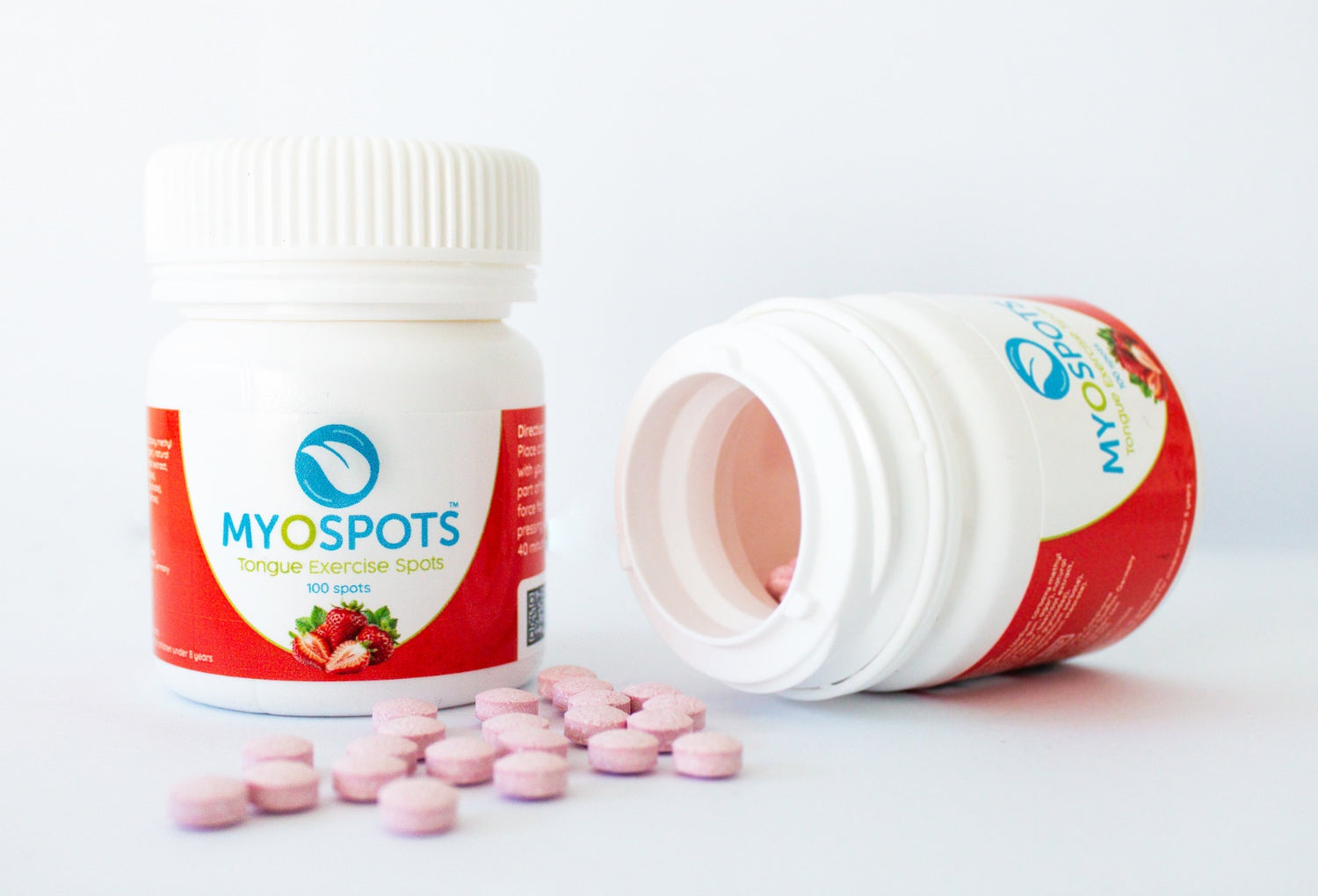Fluoride toothpaste has long been a household name in dental care, celebrated for its role in keeping teeth healthy. However, the cautionary tales about fluoride toxicity at higher doses have prompted many to explore non-toxic alternatives.
This is why at Myospots we’re reinventing toothpaste. We’ve used all-natural ingredients including Nano-hydroxyapatite to create a non-toxic, kid-friendly toothpaste that serves as a great alternative to fluoride for fortifying your teeth enamel if you’re looking for a fluoride-free option.
New to the world of Hydroxyapatite? Then this article is for you. Here, we'll break down what hydroxyapatite is and give you the lowdown on how it works.
What’s hydroxyapatite?
Let's start at the very beginning.
Throughout your life, your teeth are undergoing a continuous cycle of demineralisation and remineralisation.
You see, the bacteria in your mouth thrive on the sugars in food and drinks, producing acids that erode your teeth, potentially leading to mineral loss and weakened enamel – a process known as demineralisation. This vulnerability creates an opening for bacteria to infiltrate, potentially resulting in a cascade of dental issues like cavities, infections, gum disease, and, in severe cases, tooth loss.
Remineralisation is the process of repairing this damage.
When you brush your teeth, the fluoride in your toothpaste works with your saliva to repair the surface enamel on your teeth, preventing bacteria from getting in and causing cavities.
So, what is hydroxyapatite and why are we putting it in toothpaste?
Hydroxyapatite might sound complex but it's actually a naturally occurring mineral found in your body. In fact, in its natural form, Hydroxyapatite is the main component of your enamel.
Like fluoride, hydroxyapatite in toothpaste helps to reduce the build-up of plaque in your mouth and contributes to the remineralisation of the enamel on your teeth. It contains calcium and phosphate so helps to form a barrier on the surface of your teeth, defending against the sugars and acids that might cause cavities or tooth decay.
For those who might be more sensitive to fluoride, like young children, those at a high risk of dental fluorosis and pregnant women, hydroxyapatite toothpaste might provide a great alternative. Plus, if your teeth are a little sensitive, hydroxyapatite might prove a gentle, less abrasive, sensitive toothpaste option.
And it gets better. Our toothpaste contains hydroxyapatite in its nano form (nano-hydroxyapatite). Nanoparticles are minuscule and that tiny size gives them unique features. In the case of our toothpaste, using nano-hydroxyapatite makes direct remineralisation of the teeth enamel even more efficient.
[shortcode id="66b2dfc5f911220b3bb9f842" name="hydroxyapatite toothpaste x 2" layout="Grid"]
Hydroxyapatite and modern dentistry
While many are only just hearing of hydroxyapatite for the first time, it’s actually been around since the 1970s, when NASA found they could use it to help their astronauts who’d lost minerals in their teeth and bones as a result of the lack of gravity they experienced in space. From there, a Japanese company created the first nano-hydroxyapatite toothpaste in the 1980s and it’s gone on to receive increasing endorsements from dental professionals since then.
While the role of hydroxyapatite in modern dentistry is an area of continued research, hydroxyapatite has some promising support from several studies including a 2019 study that found hydroxyapatite was as good at preventing demineralisation and repairing the early signs of cavities as fluoride toothpastes.
Another study showed that hydroxyapatite toothpaste created a protective barrier to stop bacteria from entering teeth. It does this by supporting remineralisation, helping to fill in cracks in teeth. This not only strengthens the tooth enamel but also acts as a guard, keeping bacteria at bay and promoting better overall oral health.
The newest hydroxyapatite toothpaste in Australia
Have you been searching for more natural oral care? Keen to try hydroxyapatite toothpaste for yourself? Well, you won't find it in many of the major brands' formulas so at Myospots we’ve created our own.
Our new natural nano-hydroxyapatite toothpaste provides a non-toxic option for mineralising and whitening your teeth, supporting a healthy oral microbiome, reducing sensitivity, and of course, fortifying your enamel to protect against tooth decay.
Our toothpaste has been carefully formulated using all-natural ingredients, and we think it’s the best toothpaste out there if you’re looking for fluoride-free toothpaste to add to your oral care regime.
For more information, a full ingredients list and to get your very own tube of our new natural toothpaste, visit our website.
Disclaimer
All information is general in nature and is not intended to be a substitute for professional medical advice. Your healthcare provider can consult with you to confirm if this advice is right for you.
References
- Amaechi, B. T., AbdulAzees, P. A., Alshareif, D. O., Shehata, M. A., Sampaio Lima, P. P. C., Abdollahi, A., Kalkhorani, P. S., & Evans, V. (2019). Comparative efficacy of a hydroxyapatite and a fluoride toothpaste for prevention and remineralization of dental caries in children. BDJ Open. 5(18). https://doi.org/10.1038/s41405-019-0026-8, [Accessed 15th February 2024].
- Coelho, C., Grenho, L., Gomes, P., Quadros, P. (2019). Nano-hydroxyapatite in oral care cosmetics: characterization and cytotoxicity assessment. Scientific Reports. https://www.nature.com/articles/s41598-019-47491-z, [Accessed 15th February 2024].
- NASA Spinoff. (2024). Semiconductor Research Leads to Revolution in Dental Care. https://spinoff.nasa.gov/Semiconductor_Research_Leads_to_a_Revolution_in_Dental_Care, [Accessed 15th February 2024].
- Ebadifar, A., Nomani, M., & Fatemi, S. A. (2017). Effect of nano-hydroxyapatite toothpaste on microhardness of artificial carious lesions created on extracted teeth. Journal of dental research, dental clinics, dental prospects, 11(1), 14–17. https://doi.org/10.15171/joddd.2017.003, [Accessed 16th February 2024].




